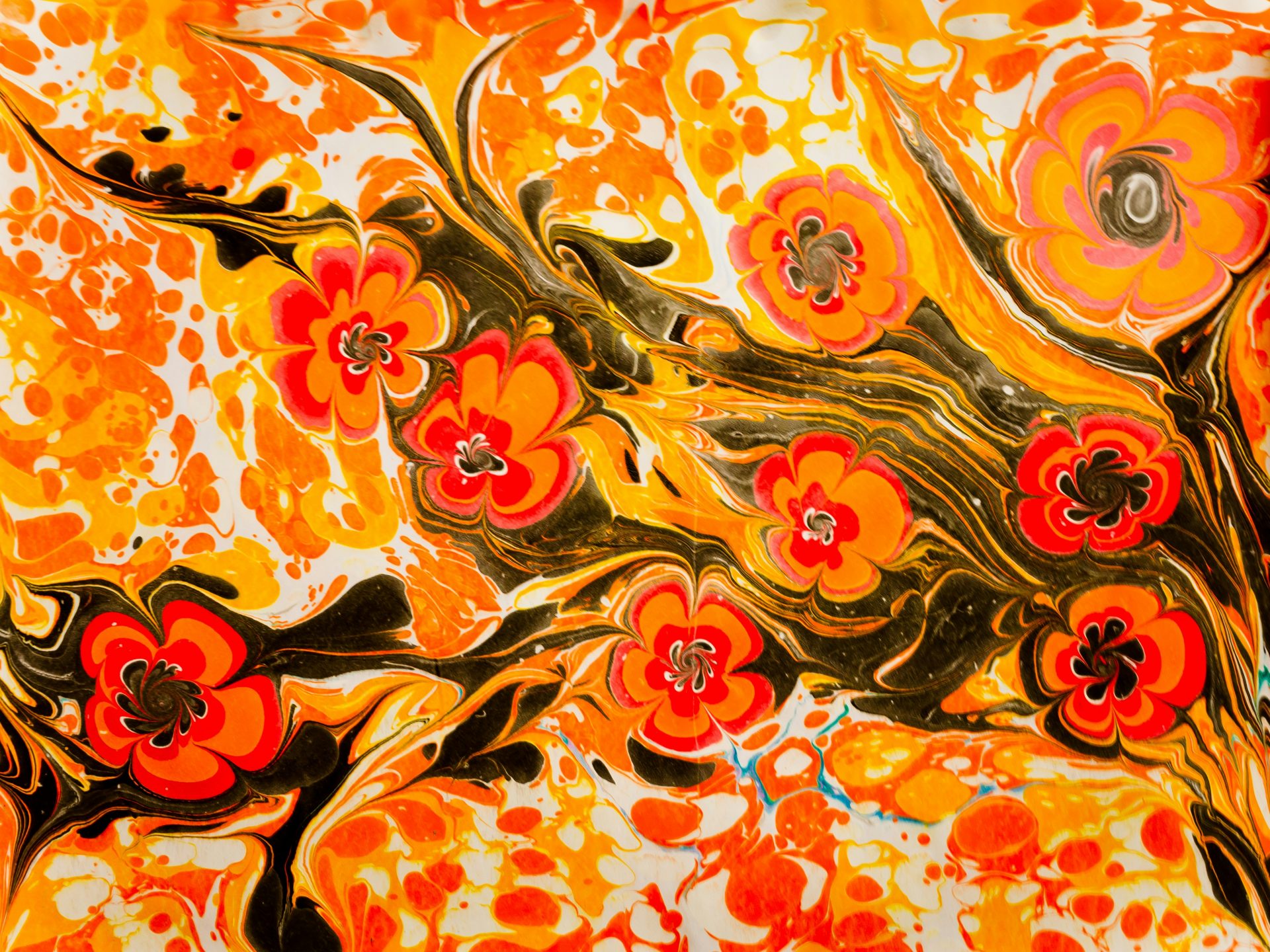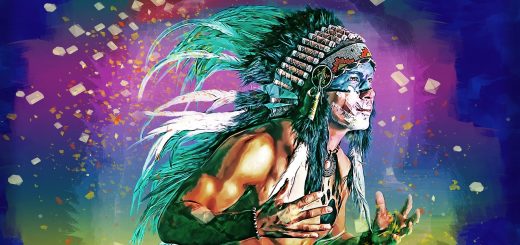Ra: The Sun God and Creator in Egyptian Myth

Hey there, amazing readers! 🖐️ Just a quick note: yes, we know there are a lot of ads here. Trust us, we get it—it’s not the prettiest look, but they help us keep this blog alive and kicking. Those pesky little ads cover the costs of all the behind-the-scenes magic, from hosting and tech stuff to creating content we hope you’ll love.
We’re committed to delivering quality posts, and your support (even just sticking around despite the ads) means everything to us. So, bear with us, and thanks for helping us keep the good vibes rolling. Now, on to the fun stuff! 😉
TRANSLATE BUTTON AT THE END OF THE ARTICLE
Overview
Ra, the Sun God and Creator, holds a prominent place in Egyptian mythology.
As the supreme solar deity, Ra is associated with creation, light, and life.
This article explores the origins and evolution of Ra in Egyptian myth, his role as the supreme solar deity, the symbolism and representation of Ra in ancient Egypt, and his family and relationships within Egyptian mythology.
Additionally, it delves into Ra’s journey through the day, his daily battle against Apep, the serpent of chaos, the temples and cults dedicated to worshipping Ra, his influence on Egyptian society and religion, and his connections to other Egyptian deities.
Finally, it examines modern interpretations and the relevance of Ra in today’s world.
Origins and Evolution of Ra in Egyptian Mythology
The origins of Ra can be traced back to the early periods of ancient Egyptian civilization.
Initially, Ra was a minor deity associated with the sun.
Over time, as Egyptian myths developed and merged, Ra’s importance grew, and he became recognized as the creator of the world and all living beings.
Ra’s evolution can be attributed to the amalgamation of other local sun deities, such as Atum and Horus, into his mythological persona.
This fusion resulted in Ra’s elevated status as the supreme solar deity and creator.
Ra’s Role as the Supreme Solar Deity
Ra’s role as the supreme solar deity was central to Egyptian mythology.
He was believed to be the divine force responsible for the daily rising and setting of the sun, symbolizing the cycle of life and death.
Ra’s power and life-giving energy were associated with the sun’s rays, which provided warmth, light, and sustenance to all living beings.
As the creator god, Ra was responsible for the existence and well-being of the world and its inhabitants, guiding them with his divine wisdom.
Symbolism and Representation of Ra in Ancient Egypt
In ancient Egypt, Ra was symbolized and represented in various ways.
One of the most common symbols associated with Ra was the sun disk, known as the "Aten," which depicted a sun with sunrays emanating from it.
This symbol represented Ra’s role as the solar deity.
Additionally, Ra was often depicted as a falcon-headed man or as a man with the head of a ram, representing his association with these animals.
The falcon symbolized the sky and the sun, while the ram symbolized fertility and power.
These representations emphasized Ra’s supreme authority and divine nature.
Iconography: Depicting Ra in Art and Hieroglyphics
The depiction of Ra in ancient Egyptian art and hieroglyphics played a crucial role in communicating his significance and attributes.
Ra was often depicted with a solar disk on his head, showcasing his role as the sun god.
Sometimes, he was shown holding a scepter or an ankh, symbolizing his power and life-giving abilities.
In hieroglyphics, Ra was represented by the sun disk symbol or by a human figure with a falcon head.
These visual representations were essential in conveying Ra’s identity and ensuring his recognition by the ancient Egyptians.
Ra’s Family and Relationships in Egyptian Mythology
Within Egyptian mythology, Ra had various family connections and relationships.
He was often considered the father of the gods and goddesses, being the progenitor of many deities through his various forms and associations.
One of his most significant relationships was with the sky goddess Nut, who was believed to be his wife and the mother of his children, including Osiris, Isis, Seth, and Nephthys.
These family connections emphasized Ra’s role as the divine creator and the source of all life.
Ra’s Journey Through the Day: Sunrise to Sunset
Ra’s journey through the day was a central aspect of Egyptian mythology.
Each day, Ra embarked on a perilous journey across the sky, from sunrise to sunset, facing various challenges.
He began his journey in the east, where he emerged as the newborn sun, symbolizing rebirth and renewal.
As the day progressed, Ra’s power reached its peak at noon, representing the height of his strength and influence.
Finally, Ra descended into the underworld in the west, facing the dangers posed by Apep, the serpent of chaos, during the sunset.
Ra’s Daily Battle Against Apep, the Serpent of Chaos
Apep, the serpent of chaos, posed a constant threat to Ra’s journey and the order of the world.
Every day, during the sunset, Ra engaged in a fierce battle against Apep, battling to maintain order and ensure the sun’s safe passage through the underworld.
The outcome of this battle determined whether the world would be plunged into darkness or if Ra would emerge victorious, allowing the sun to rise again the next day.
This daily struggle symbolized the eternal conflict between order and chaos in Egyptian mythology.
Temples and Cults Dedicated to Worshipping Ra
Throughout ancient Egypt, numerous temples and cults were dedicated to worshipping Ra.
Among the most famous was the Temple of Amun-Ra at Karnak, which was one of the largest religious complexes in the world.
These temples served as centers of religious devotion and were places where rituals, offerings, and prayers were performed to honor Ra and seek his blessings.
The cults associated with Ra played a significant role in Egyptian society, with priests and priestesses overseeing the religious ceremonies and maintaining the worship of the sun god.
Ra’s Influence on Egyptian Society, Religion, and Pharaohs
Ra’s influence on Egyptian society, religion, and pharaohs was profound.
As the supreme solar deity and creator, Ra represented divine authority and power.
The pharaohs, as the earthly rulers, claimed to be the descendants of Ra and were believed to possess his divine essence.
Ra’s association with the sun also influenced the development of solar cults and the prominence of sun worship in Egyptian religion.
Additionally, Ra’s role as the creator god emphasized the importance of creation myths and the belief in an ordered universe.
Ra’s Connection to Other Egyptian Deities
Ra had significant connections to other Egyptian deities.
One of the most notable connections was with the god Atum, who was believed to be Ra’s predecessor as the solar deity and creator.
As myths evolved, Ra and Atum merged, resulting in Ra’s elevated status.
Ra also had close associations with the gods Horus and Amun, with these deities often being identified or merged with him in various forms.
These connections showcased the interconnectedness of Egyptian mythology and the evolution of deities over time.
Modern Interpretations and Relevance of Ra in Today’s World
In modern times, Ra continues to captivate the imagination and remains relevant in various forms.
His image and symbolism are often used in popular culture, art, and literature, highlighting his enduring appeal.
Additionally, Ra’s association with the sun and light has been interpreted metaphorically, representing enlightenment, spiritual awakening, and the triumph of good over evil.
The study of Egyptian mythology and the worship of Ra-inspired cults also continue to attract individuals seeking a deeper understanding of ancient religions and their relevance in today’s world.
Conclusion
Ra, the Sun God and Creator, played a significant role in ancient Egyptian mythology.
As the supreme solar deity, Ra symbolized creation, light, and life.
His journey through the day, battle against Apep, and family connections emphasized his importance and authority.
Ra’s influence extended to Egyptian society, religion, and pharaohs, shaping their beliefs and practices.
The representation of Ra in art, hieroglyphics, and temples contributed to the preservation and worship of his divine persona.
Today, Ra’s enduring legacy and symbolism continue to inspire and fascinate, offering insights into ancient Egyptian culture and mythology.

The Enlightenment Journey is a remarkable collection of writings authored by a distinguished group of experts in the fields of spirituality, new age, and esoteric knowledge.
This anthology features a diverse assembly of well-experienced authors who bring their profound insights and credible perspectives to the forefront.
Each contributor possesses a wealth of knowledge and wisdom, making them authorities in their respective domains.
Together, they offer readers a transformative journey into the realms of spiritual growth, self-discovery, and esoteric enlightenment.
The Enlightenment Journey is a testament to the collective expertise of these luminaries, providing readers with a rich tapestry of ideas and information to illuminate their spiritual path.
Our Diverse Expertise 🌟
While our primary focus is on spirituality and esotericism, we are equally passionate about exploring a wide range of other topics and niches 🌍📚. Our experienced team is dedicated to delivering high-quality, informative content across various subjects ✨.
To ensure we provide the most accurate and valuable insights, we collaborate with trusted experts in their respective domains 🧑🏫👩🏫. This allows us to offer well-rounded perspectives and knowledge to our readers.
Our blog originally focused on spirituality and metaphysics, but we’ve since expanded to cover a wide range of niches. Don’t worry—we continue to publish a lot of articles on spirituality! Frequently visit our blog to explore our diverse content and stay tuned for more insightful reads.









